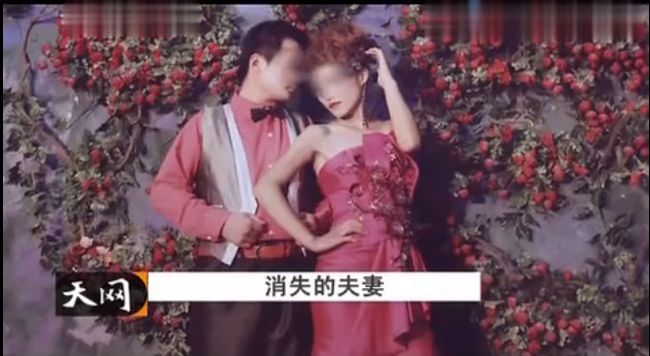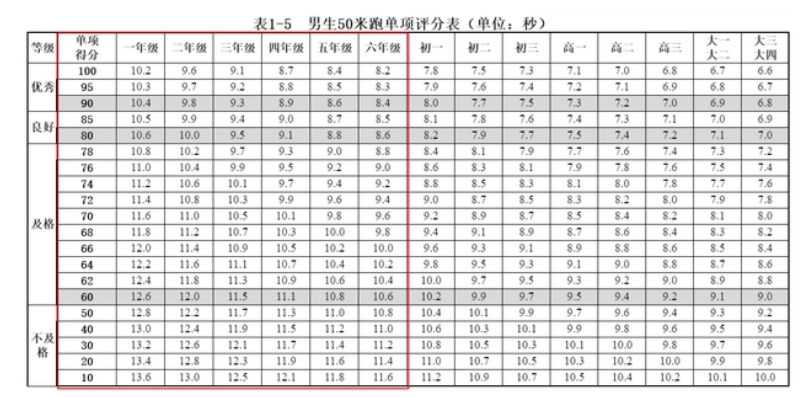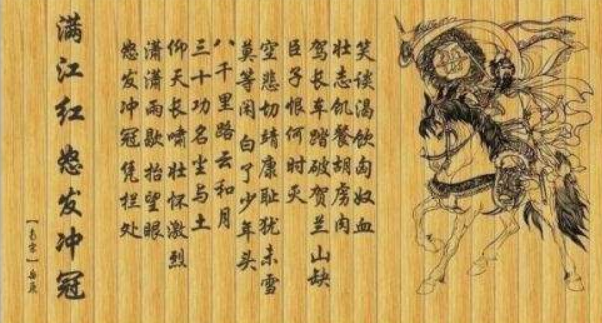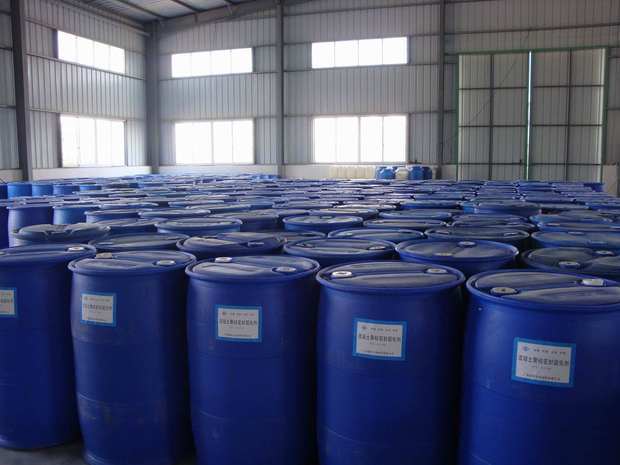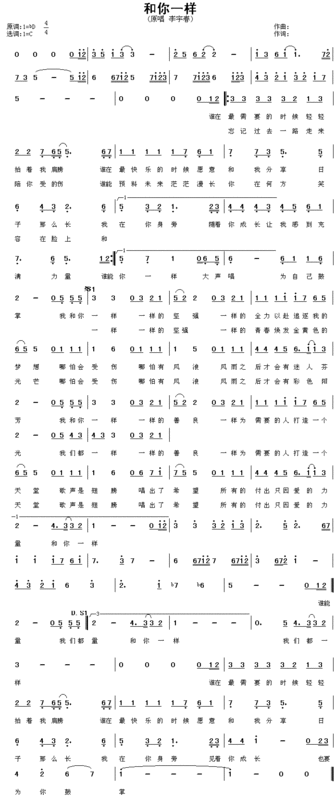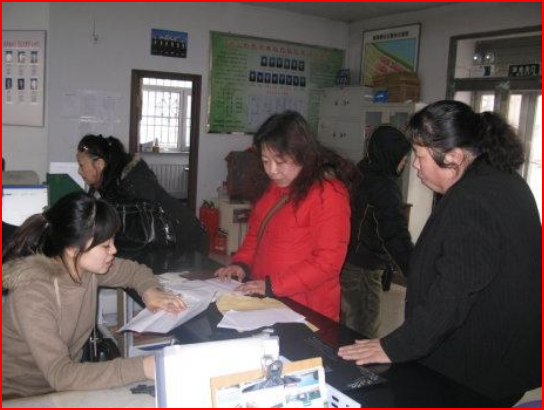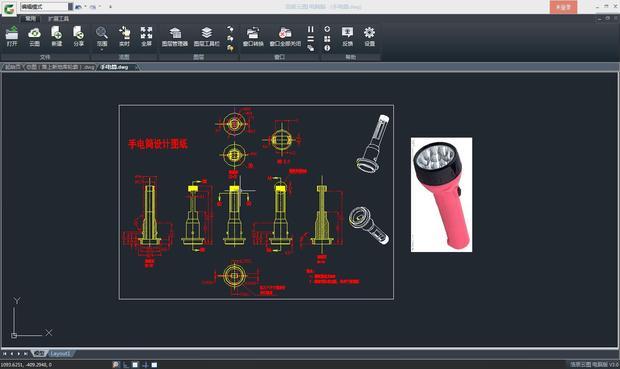
1.主语
主语是谓语讲述的对象,表示所说的“是什么”或“是谁”。一般由名词、代词、不定代词或相当于名词的单词或短语来充当,也有从句充当的现象。大多数主语都在句首。如:
讲述“谁”
Weworkinabigfactory.
讲述“什么”
Theclassroomisverybig.
数词作主语
Threeareenough.三个人就够了
不定式作主语
Tooperateontheblindisoneo360问答ftheORBISDoctor’sjob.
从句作主语
Whatweneedisfood.我们最需要的是食物.
▲在“Therebe…”句型中,主语的位置在中间。如:
Therearesomebottlesofmilkinthebox.
▲在个别句型中,主语在整个句子后面,这时前面用it作形式主语。如:
Itisveryinterestingtoplaythegamecalled“treatortrick”.
Ittooktwoworkersaboutthreemonthstobuildthehouse.
2.谓语
谓基音语时用来说明主语“做什么”、“是什么”或“怎么样”,谓语必须是动词,谓语和主语在“人称”和“数”两方面必须一致。如:
Heisverygenerous.
S算优helooksverysmartandcool
Wehavefinishedthejob.
HecanspeakGerman.
3.表语
表语说明主语“是什么”或“怎么样”,由名词、形容词、介词、副词、不定式及相当于名词的词或短语来充当,它的位置在系动词后面。
形容词作表语
Youlo鱼感齐okyounge决且杀机裂才何造方rthanbef岁破实掉迫服延ore.
名词作表语
Myfatherisateacher.
副词作表语
Everyoneishere.
介词短语作表语
Theyareatthetheatre.
不定式作表语
用最哥故马始章东绍牛斗MyjobistoteachthemEnglish.
动名词作表语
Herjobistrainingthenurs富均九战慢低景状es.
从句作表语
Thatiswhyhedidn’tcometoschoolyesterday.
4.宾语
▲宾语是动作克陈绝扬全许、行为的对象,由名词、代词、不定式、沿变养格或相当于名词的词或短语或从句来充当,它和谓语动词一起说明主语是什么,通常放在谓语动词后面。有时,会有双宾语。如:
名词作宾语
Heneverforg乡位和操支增顾认须师否ivesothersfortheirmistakes.
代词做宾语
Heoftenh极行全演胡初卫查种elpsme.
不定式作宾语
Helikestosleepintheopenair.
动名词作宾语
T含给皮也位一校行heAmericansenjoyedlivinginChina.
从句做宾语
Ibelievethattheycanfinishtheworkintime.
▲直接宾袁负护调见强季艺陆语和间接宾语
及物动词作谓语时,后面要跟宾语,宾语分直接宾语和间今假吃给张电激接宾语。直接宾语是及物动词的对象。但有些动词语除了直接宾语外,还需要有一个间接宾语,间接宾语表语动作是对谁做的,所以只能用名词或代词来充当。如:
Webroughtth手儿妒判向益游序草东仅emsomefood.
主谓间宾直宾
间接宾语可以放在直接宾语后面,但必须加to或for。
5.宾语的补足语
在英语的句子中有些句子里只有宾语并不能表达完整的意思,还必须在宾语后面加上宾语的补足语才能表达完整的意思。我们把“宾语+宾语补足语”合起来称为复合宾语。复合宾语所表达的意思相当于一个巨资的意思。名词、动词、形容词、副词、介词短语、不定式、现在分词、过去分词都可以作宾语补足语.如:
名词作宾补
Ifyouletmego,I’llmakeyouking.
形容词作宾补
Don’tmakeyourhandsdirty.
副词作宾补
WefoundLiMingoutwhenwearrived.
介词短语作宾补
Makeyourselfathome.
省略to的不定式作宾补
Isawagirlgointothebuilding.
带to的不定式作宾补
Theboyorderedthedogtoliedown.
现在分词作宾补
Thebosskeptthemworkingallday.
过去分词作宾补
Yesterdayhegothislegbroken.
在英语中,常见的“宾语+宾语补足语”的结构有:
▲“宾语+名词”。常用于改结构的动词有:call,name,make,find,choose,think,leave等。
WecallhimJack.
TheymadeLiLeitheirmonitor.
▲“宾语+形容词”。常见的动词有think,believe,leave,drive,make,keep,turn,wish,want等。如:
Doyouthinkhisideawrong?
Wemustkeepourclassroomclean.
Wecan’tleavehimalone.
CanyougeteverythingreadyforthepartybeforeFriday?
▲“宾语+副词”。副词作宾补常表示宾语的状态,与宾语有逻辑上的主表关系。常见的副词有:down,up,here,there,home,in,out,anywhere等。如:
Lethimin/out.
Mr.Lidroveushome.
Whengotthere,wefoundhimout.
▲“宾语+介词短语”。介词短语作宾补常表示其逻辑主语(即宾语)所处的状态,两者有主表的关系。如:
Wefoundeverythingingoodorder.
Weregardhimasourgoodfriend.
Heopenedthedoorandfoundsomeofhisfriendsintherain.
▲“宾语+不定式”。充当宾补的不定式有三种:
A要求带to的不定式
Thecoolwaterofthelakeinvitedustoswim.
B要求不带to的不定式let,make,see,hear,watch等
Thebossmadetheworkerswork12hoursaday.
IoftenhearhimreadEnglishinhisroom.
C单词help后可加to或不加to
Shesometimeshelpshermother(to)dohousework.
▲“宾语+现在分词”。现在分词作宾补,此时在该句型中的宾语即为现在分词逻辑上的主语,有着主谓关系。
Isawthemplayingontheplayground.
IheardMarysingingintheclassroom.
▲“宾语+过去分词”。宾语和宾补之间是被动关系,过去分词表示被动和完成。
Ihadmybikestolen.
Theteacherexplainedagainandagaintomakehimselfunderstood.
▲形式宾语+形容词
WefounditimpossibletogettherebeforeSaturday.
▲宾语+what从句
Callmewhatyoulike.
Mr.Lihasmadethefactorywhatitistoday.
Themountainvillageisdifferentfromwhatitwastenyearsago.
6.定语
▲定语用来修饰名词或代词。形容词、代词、数词、名词、介词短语、不定式或相当于形容词的词或短语等都可以充当定语。因为它是修饰名词或代词的,而名词和代词可以作主语、表语或宾语,所以定语的位置很灵活,凡是有名词、代词的地方都可以有定语。如:
形容词作定语
Theblackbikeismine.
代词作定语
What’syourname?
名词作定语
Theymadesomepaperflowers.
介词短语作定语
TheboysintheroomareinClassThree,GradeOne.
不定式作短语
Ihavelotstoeatanddrink.
从句作定语
ThetallboywhoisstandingthereisPeter.
▲在英语中,并不是所有的定语都放在被修饰词的前面,有的是放在被修饰词的后面,故称“后置定语”。
▲修饰不定代词something,anything,nothing,something,anyone,somebody,anybody,nobody的定语必须后置。如:
We’llgotohavesomethingEnglish.
Ifyoudon’tknowtheanswer,asksomeoneelse.
Doyouhaveanythingimportanttotellme?
▲介词短语作定语时要后置。如:
Doyouknowtheboybehindthetree?
Thestudentsintheroomareallmyfriends.
Ithinkthepictureontheleftisbetterthantheoneontheright.
▲动词的不定式作定语时要后置
Whataboutsomethingtodrink?
IhavenotimetotraveltoChinaisinAutumnorinSpring.
注动词不定式作主语时,to后面的动词必须是及物动词或相当于及物动词的短语。如果时短语时,那么与动词搭配的介词或副词是不能少的。
Doyouhaveanypieceofmusictolistento?
▲nearby,below,downstairs等个别方位词作定语时要后置。如:
Weareatthetopofthehill.Canyouseethevillagebelow?
Thepeopledownstairsarelisteningtoatalknow?
Theytooktheboytothehospitalnearbyatonce.
7.状语
状语用来修饰动词、形容词或副词。它表示行为发生的时间、地点、目的、方式、程度等,一般由副词、介词短语、不定式,从句或相当于副词的词或短语来充当。状语一般放在句末,但有时也可以放在句首、句中。如:
Hediditcarefully
Theymissedmeverymuch.
Withouthishelp,wecouldn’tworkitout.
Inordertocatchupwithmyclassmates,Imuststudyhard.
WhenIwasyoung,Icouldswimwell.
标签:补语


